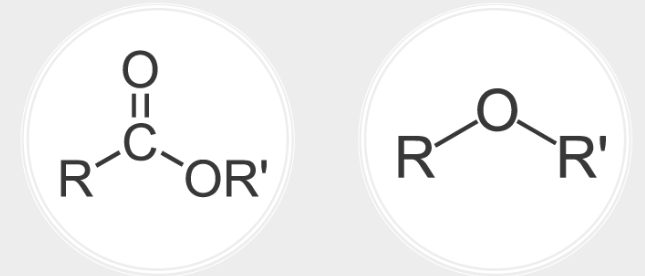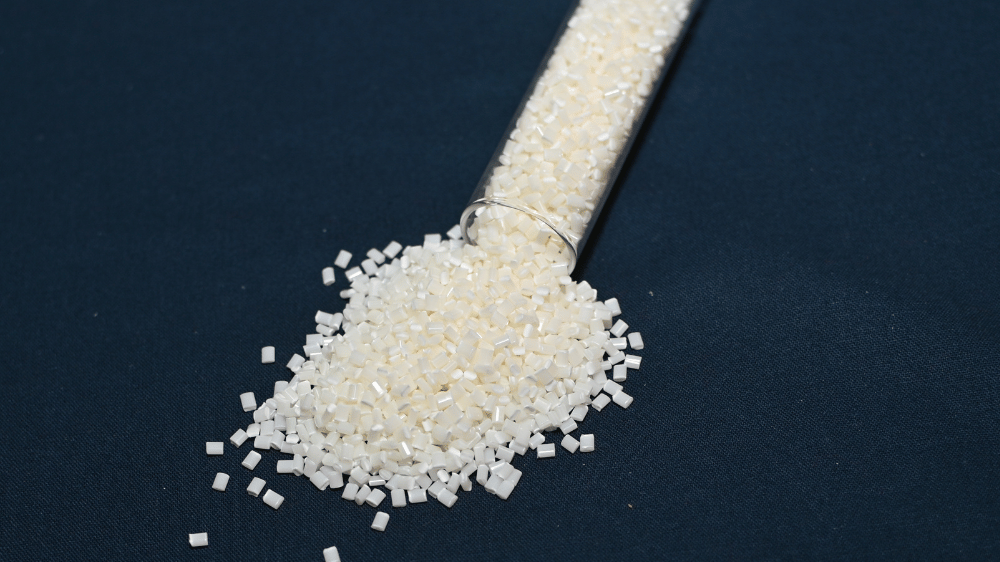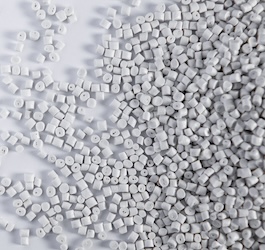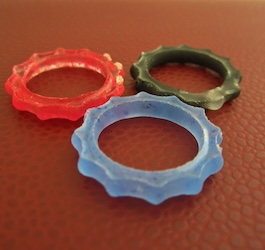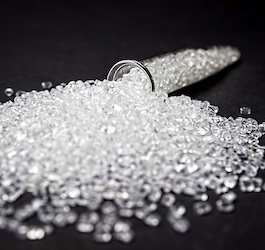Enhancing Thermoplastics: Unveiling the Benefits of Additive Masterbatches

In the ever-evolving world of thermoplastics, additive masterbatches have emerged as indispensable allies, offering a spectrum of advantages that elevate the performance and functionality of these versatile materials. Let's delve into the benefits that additive masterbatches bring to the realm of thermoplastics.
Color Customization: Additive masterbatches empower manufacturers with the ability to tailor the color of thermoplastics according to specific requirements. This is particularly crucial in industries where aesthetic appeal plays a pivotal role, such as in consumer goods or automotive applications. The ease of color customization ensures that thermoplastic products not only meet functional needs but also align with brand aesthetics.
UV Stabilization: Exposure to ultraviolet (UV) rays can have detrimental effects on the structural integrity and appearance of thermoplastics. Additive masterbatches with UV stabilizers act as a shield, protecting the material from UV-induced degradation. This is especially beneficial in outdoor applications, such as in the manufacturing of garden furniture, automotive components, or construction materials, where prolonged exposure to sunlight is inevitable.
Antioxidant Properties: The inclusion of antioxidant additives through masterbatches helps mitigate the impact of oxidative degradation on thermoplastics. This is crucial for extending the lifespan of products, preventing discoloration, and maintaining mechanical properties. Industries such as packaging and electronics, where materials are subjected to environmental stressors, benefit significantly from the antioxidant properties of additive masterbatches.
Flame Retardancy: Safety is a paramount concern in various industries, and additive masterbatches contribute to this by imparting flame retardant properties to thermoplastics. This is particularly vital in applications where fire safety standards must be met, such as in the production of electrical components, automotive interiors, and building materials.
Improved Processing: Additive masterbatches can enhance the processing characteristics of thermoplastics, making them more amenable to various manufacturing techniques. This includes improved melt flow, reduced cycle times during injection molding, and enhanced dispersion of additives, leading to a more homogenous final product.
In conclusion, additive masterbatches play a pivotal role in unleashing the full potential of thermoplastics, offering benefits ranging from color customization and UV stabilization to antioxidant properties and flame retardancy. As industries continue to demand materials that not only meet performance standards but also offer enhanced functionalities, the strategic use of additive masterbatches stands as a key solution in the advancement of thermoplastic applications.





